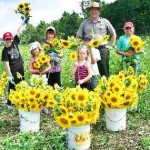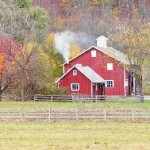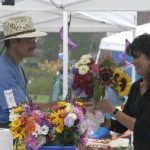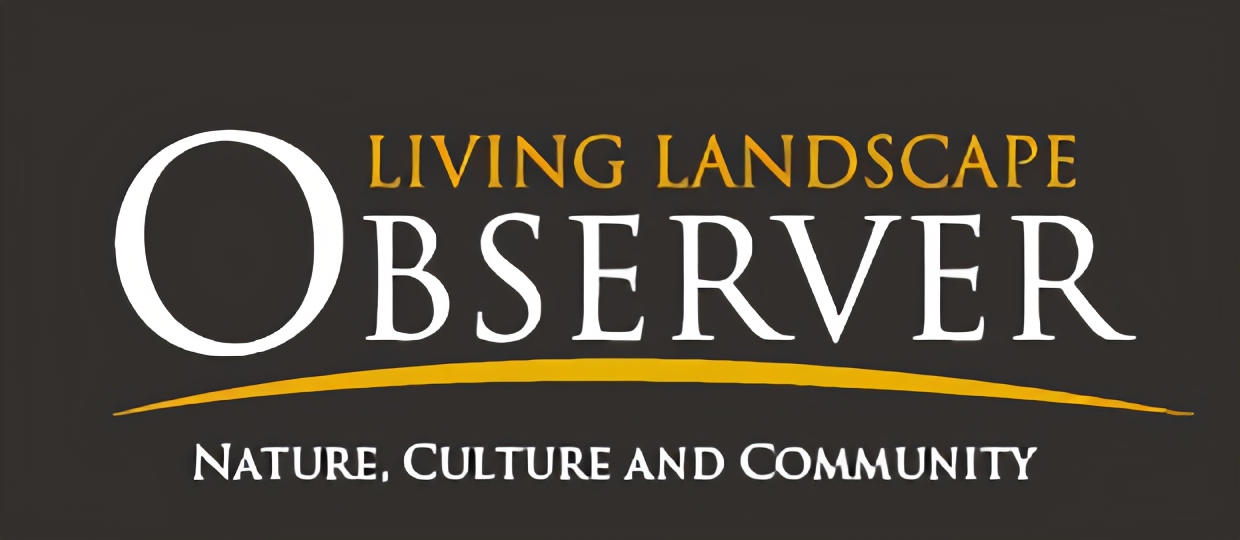Cuyahoga National Park: Rebuilding the Agricultural Landscape

Photo Courtesy of Ted Toth
What is now the Cuyahoga Valley National Park in Northeastern Ohio, was originally created as a national recreation area in 1974 to serve the cities of Cleveland and Akron. The establishment of the 33,000 acre park was part of a larger National Park Service initiative to protect recreational open space in urban regions. The park preserves a largely rural landscape along twenty miles of the Cuyahoga River. As in all parks located close to where people live, management strategies are complex and constantly evolving.
One innovative partnership strategy was designed to bring back farming within the park boundaries. Historically, the land within Cuyahoga Valley was primarily used for agriculture, but by the late 1990s less than 4 percent of the land was still farmed. As a result, farmsteads were being converted to other purposes and the agricultural character of the valley was being lost. Although farm land acquired within the national park was preserved as open space, it had fallen out of production and lost its meaning as rural cultural landscape. In addition the associated farm buildings also began to deteriorate and these historic resources were at risk.

Photo Courtesy of Ted Toth
Inspired by the European approach to maintaining working agricultural cultural landscapes in protected areas, the park launched an effort in 1999 to reintroduce farming. A new non-profit organization, the Cuyahoga Valley Countryside Conservancy, was created to coordinate this initiative and bring necessary technical expertise on sustainable agriculture as well as support the re-use and adaptation of farm properties. In this model, the park owns the farm and grants a long term lease to farmers conditioned on the use of sustainable farming methods and the opportunity to offer educational opportunities to park visitors.
The goal was to revitalize 15 farms averaging 100 acres or less; at this time ten farms, each with their own specialty focus, are participating in the program. The Countryside Conservancy’s role has expanded beyond providing long-term assistance to farmers to engaging the community through a variety of programs and activities. These include working to support farmer’s markets, organizing local food swaps, and offering educational programs on farming practices and food production from cheese making to brewing.

Photo Courtesy of Ted Toth
Today, farming has been re-introduced on over 1,200 acres in the 33,000 acre park by leasing historic farmsteads with requirements for sustainable agricultural practices and educational visits. Farmers’ markets provide an outlet for food and crafts produced by the farms in the park and in the region, make quality food available to residents, while park visitors learn about rural heritage and contemporary stewardship. The Conservancy’s programs also contribute to local food systems in other ways by helping farmers find land and build connections with chefs, providing access to food for low-income community members, and contributing to the development of Ohio’s food policy. The farms within the park serve as showcases of sustainability and the conservancy’s programs build awareness the value of local agriculture throughout the valley.
Our national parks can continue to reinvent themselves and manage resources on a landscape scale with the right spirit of partnership.


